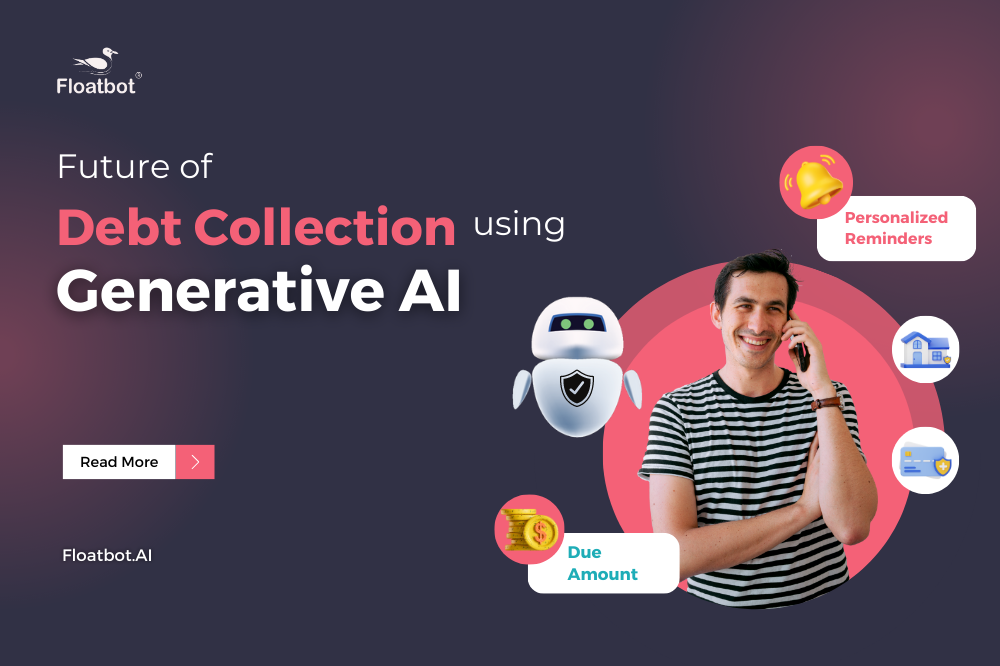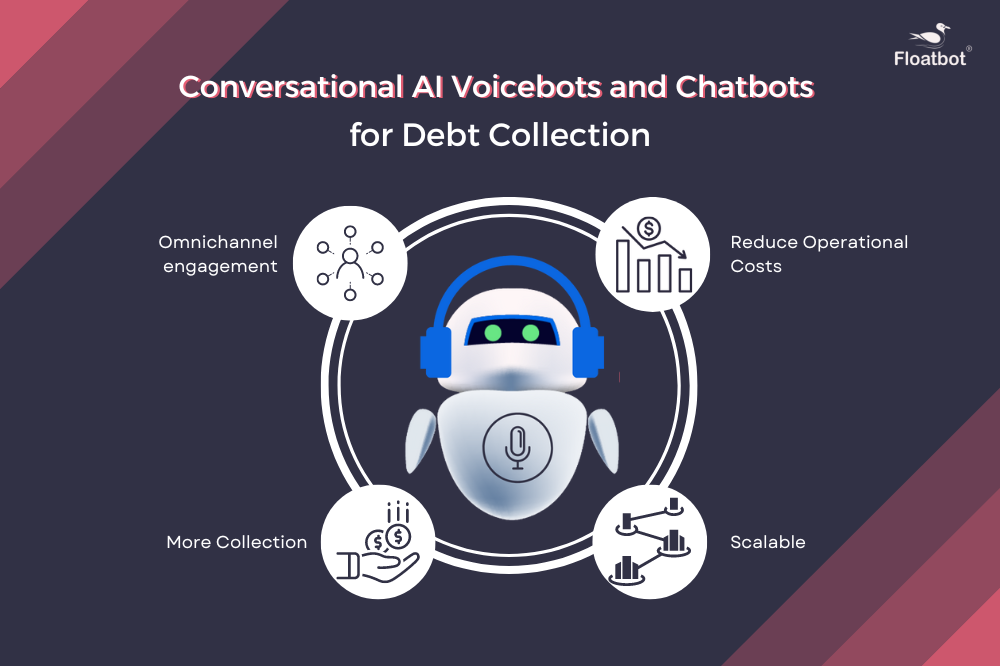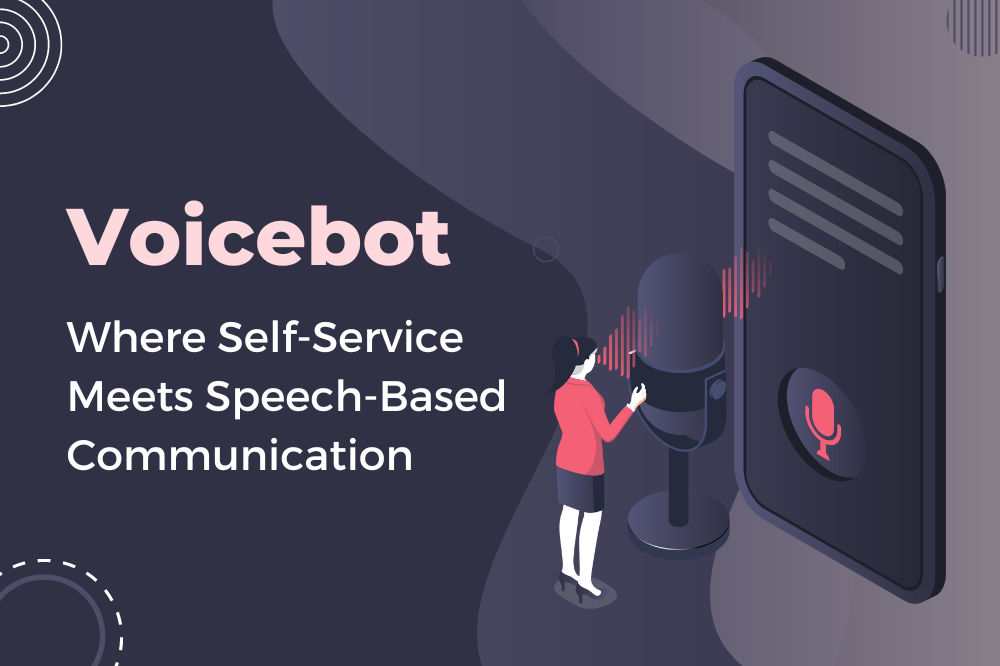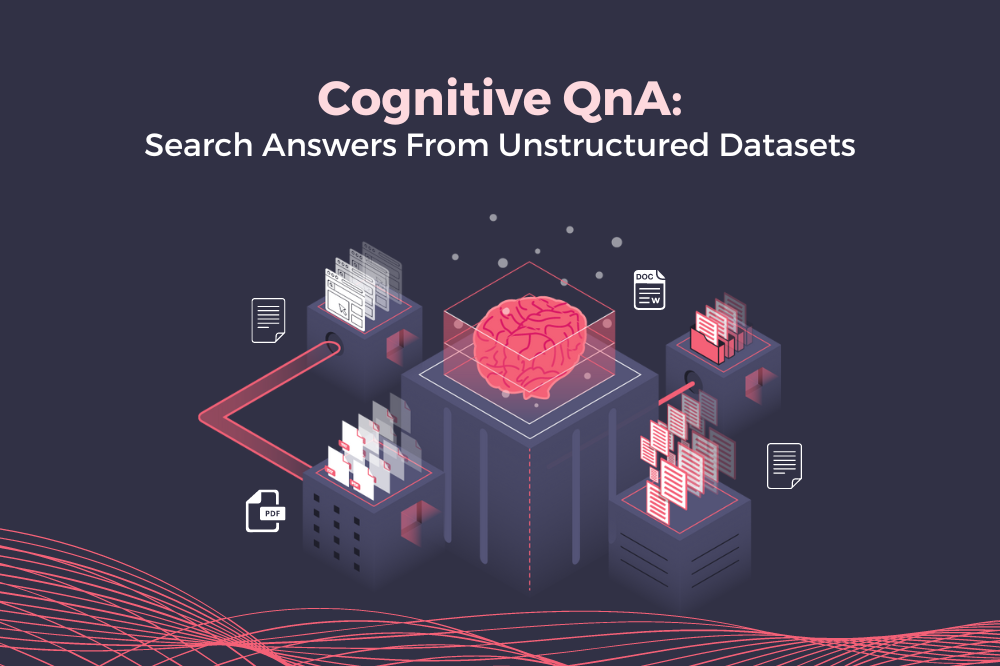Self-Learning NLP: Streamlining Intent Management with Unsupervised and Self-Supervised NLP
Conversational AI Chatbots, Voicebots, & Agent Assist self-train by unsupervised and self-supervised NLP through website pages, knowledgebase, PDFs, and Word
- Jan 23 2023
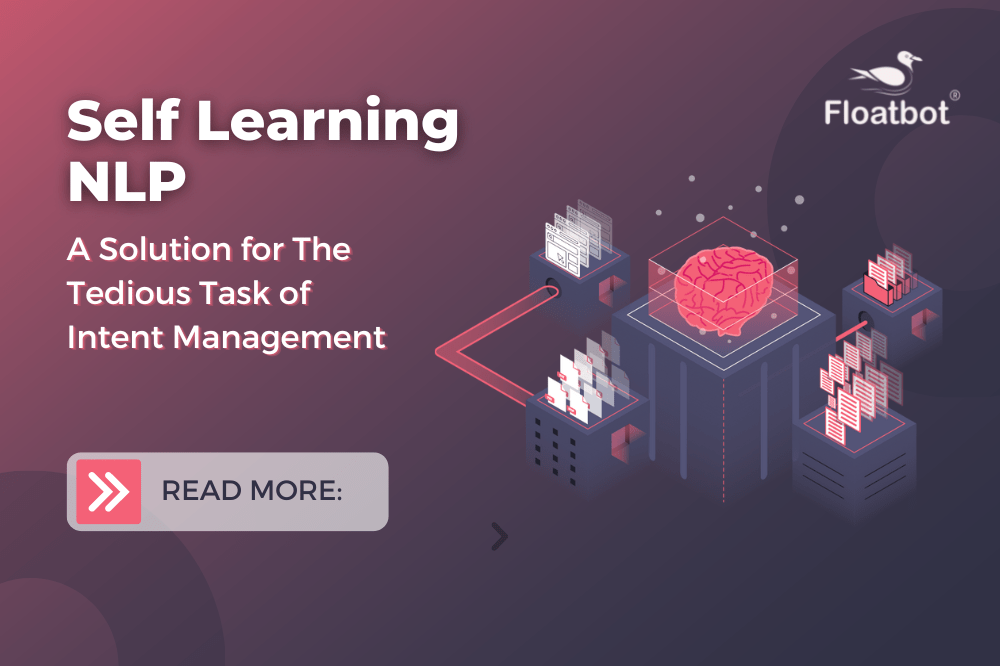
In today's digital age, businesses constantly look for ways to improve customer experience and reduce costs. One of the most promising technologies for achieving these goals is conversational AI, which allows them to interact with customers in a natural, yet automated, efficient way.
However, training conversational AI models is a tedious task, which starts with requiring the creation and management of thousands of intents. But what if there was a way to train these models without an explicit supervision?
This is where self-learning NLP comes in. As a subset of the larger field of artificial intelligence, self-learning NLP utilizes unsupervised and self-supervised techniques to train language models, making the creation and management of intents much easier and more efficient.
What is Self-Learning NLP?
Self-learning NLP has been making waves in for its ability to improve the performance of conversational AI systems without the need for creating and managing thousands of intents. Instead, the technique utilizes unsupervised and self-supervised techniques to train language models using large amounts of unstructured data, such as website pages, knowledgebase, PDFs, and Word documents.
The process of self-learning can be broken down into several stages, including data collection, preprocessing, model training, and evaluation.
During the data collection stage, the model gathers and processes large amounts of data from various sources. The preprocessing stage involves cleaning and organizing the data to make it usable for the model. The model training stage is where the advanced algorithms are applied to the data, with the goal of achieving human-like or even superhuman performance on the task at hand.
Finally, during the evaluation stage, the model's performance is measured and any necessary adjustments are made.
How Self-Learning Works?
1. Unsupervised NLP
Unsupervised NLP involves training a model using unlabeled data. The model learns from the data on its own and makes predictions based on the patterns it has learned. Some common techniques used in unsupervised NLP include text clustering, topic modeling, and word embedding.
Text Clustering
Text clustering is the process of grouping similar documents together based on their content. This can be useful for organizing and summarizing large collections of text data.
Topic Modeling
Topic modeling is a method for discovering the latent topics present in a collection of documents. It uses unsupervised machine learning techniques to identify patterns in the data and group words together into topics based on their co-occurrence patterns.
Word Embedding
Word embedding is the process of mapping words to a high-dimensional vector space where semantically similar words are mapped to nearby points. This can be used to improve the performance of other NLP tasks, such as text classification or named entity recognition.
2. Self-supervised NLP
Self-supervised NLP is similar to unsupervised NLP, but it utilizes a small amount of labeled data to guide the model's learning process. The model is given a task, such as predicting a missing word in a sentence, and it uses the labeled data to learn how to perform that task. Some common techniques used in self-supervised NLP include language modeling and sequence tagging.
Language modeling is a technique that involves predicting the next word in a sentence based on the previous words. Sequence tagging is a technique that involves identifying the named entities, part-of-speech tags, and other attributes of words in a sentence.
Benefits of Self-Learning NLP
- Self-learning NLP allows the model to learn from the data on its own, without the need for explicit supervision.
- It requires less labeled data, making it cost-effective and efficient.
- Self-learning NLP can be used in a wide range of natural language tasks, including language understanding, text generation, and sentiment analysis.
Conclusion
Self-learning NLP, or unsupervised NLP, is a powerful app approach that allows bots to learn from unstructured text data without any prior knowledge of the task or desired outcome. The bot can answer queries corresponding to tens of thousands of intents without having to train them.


